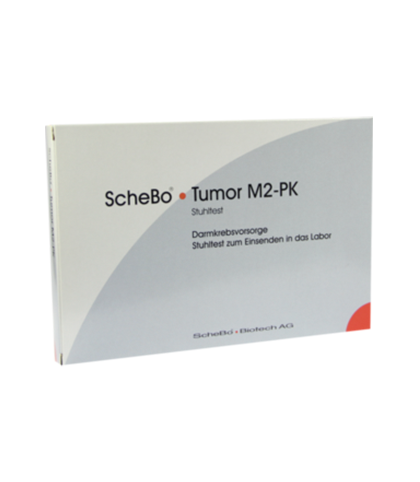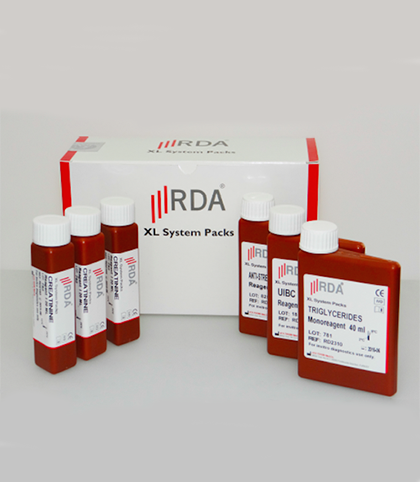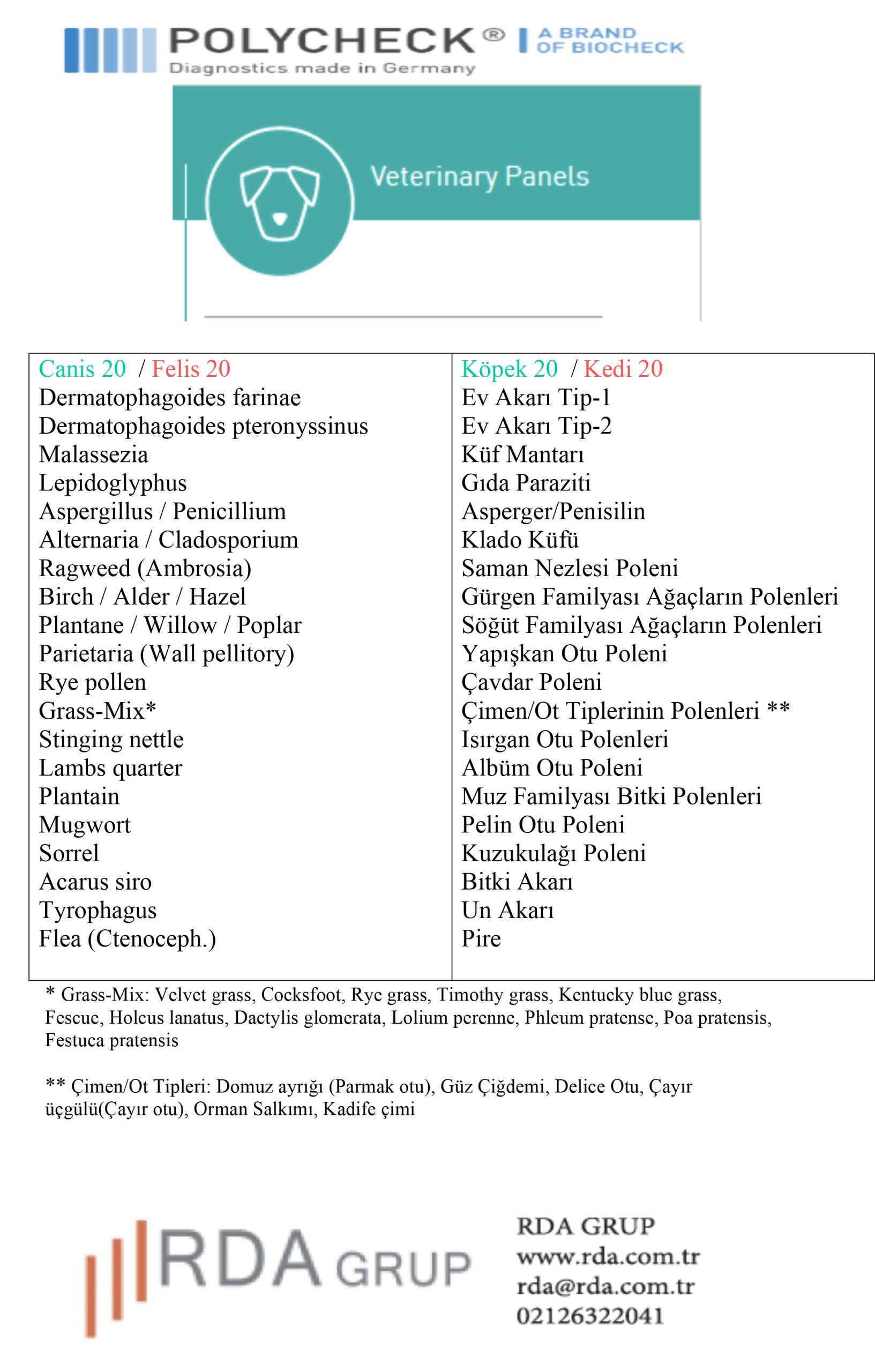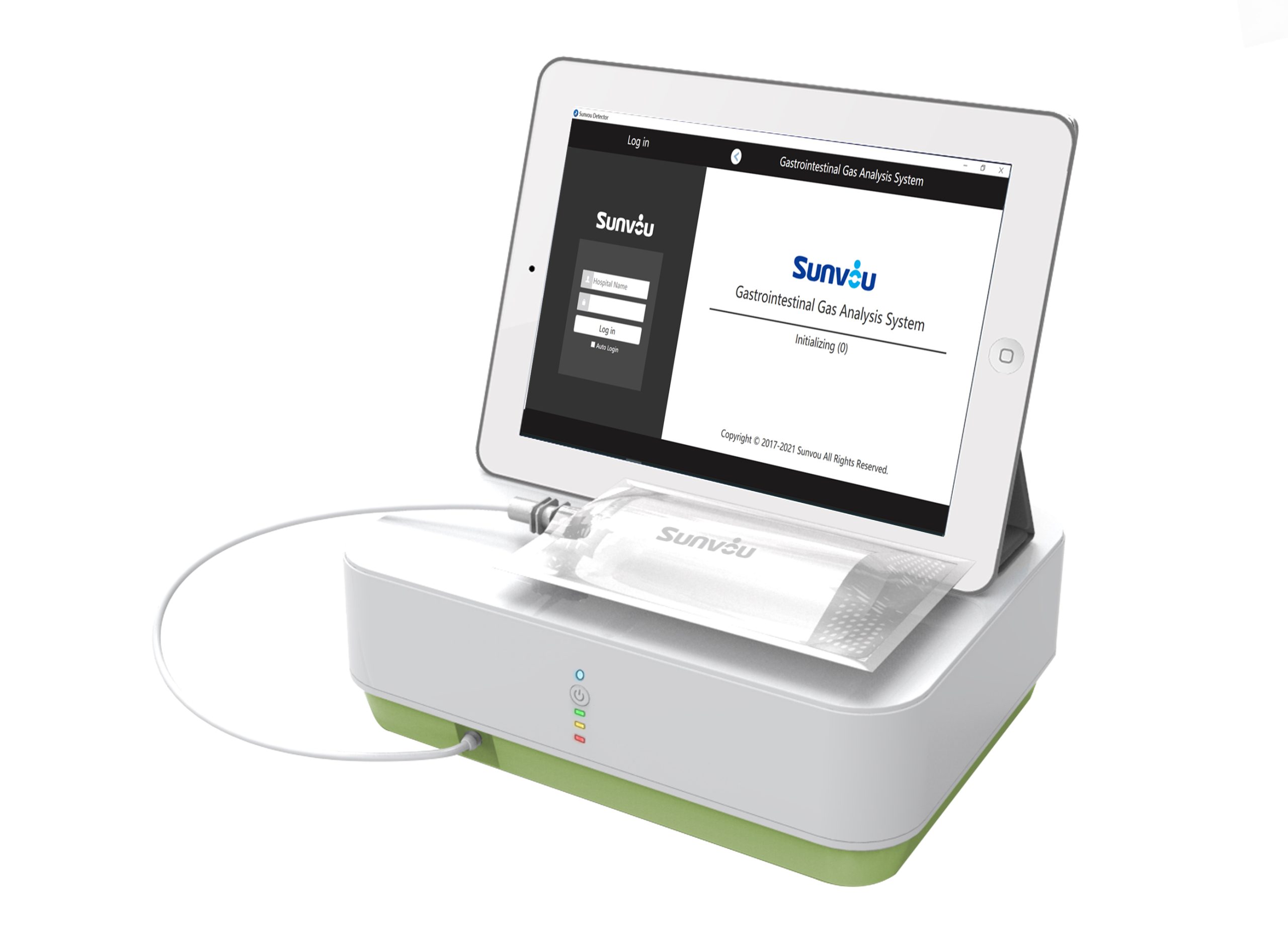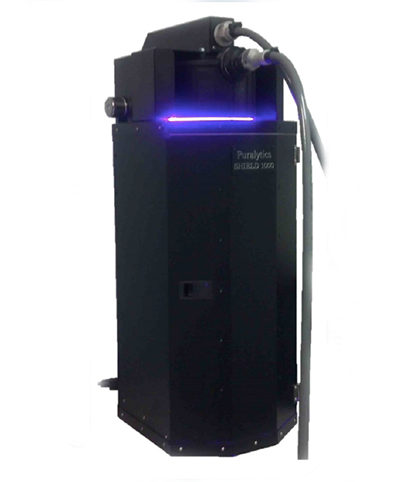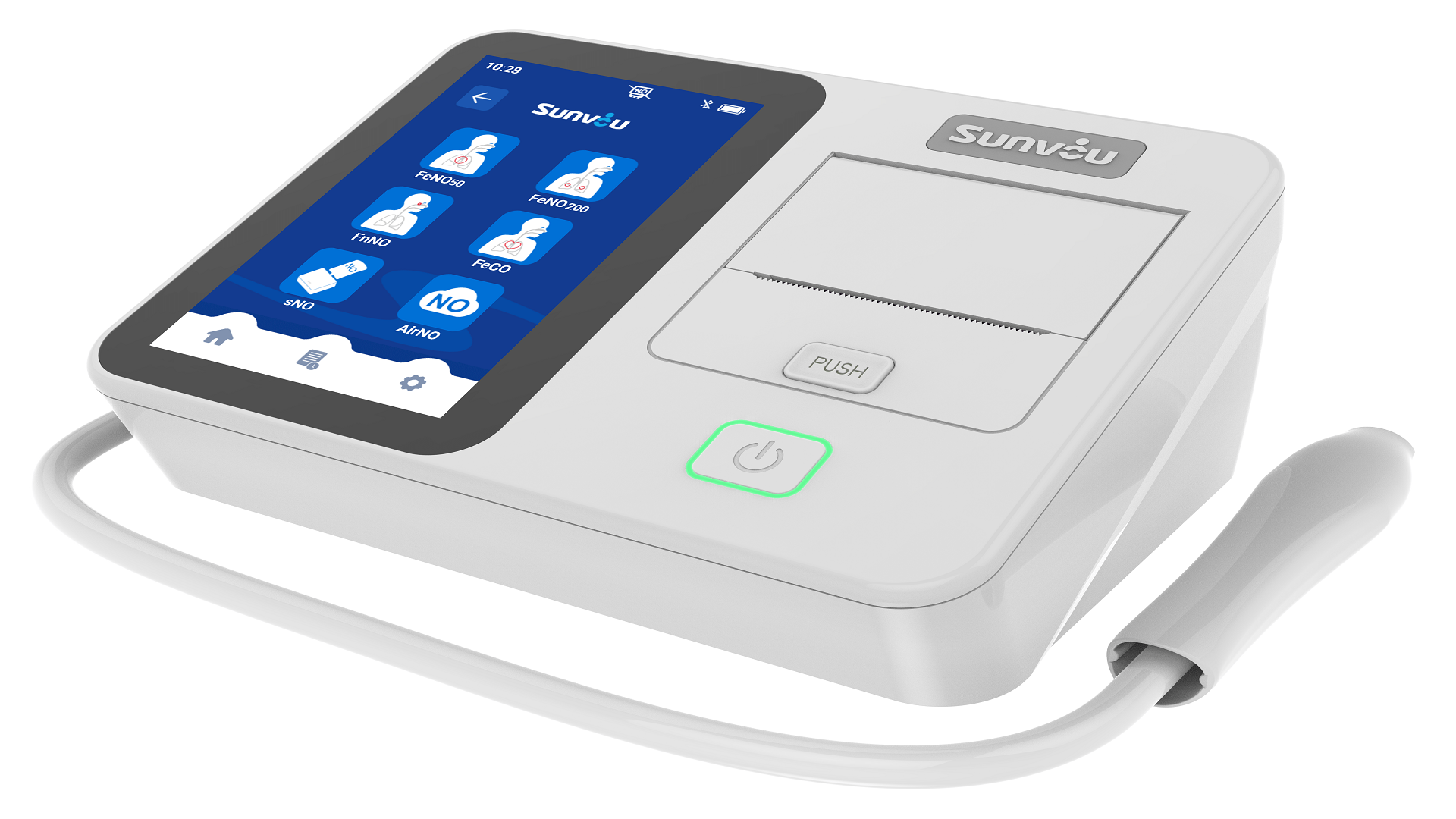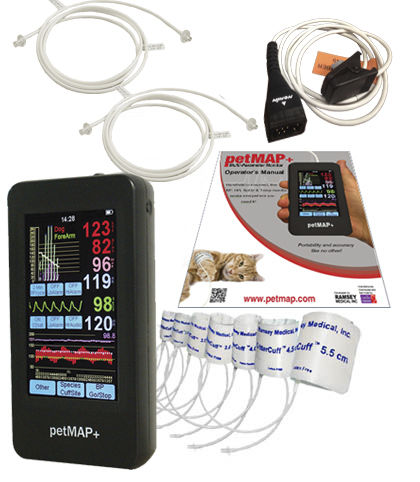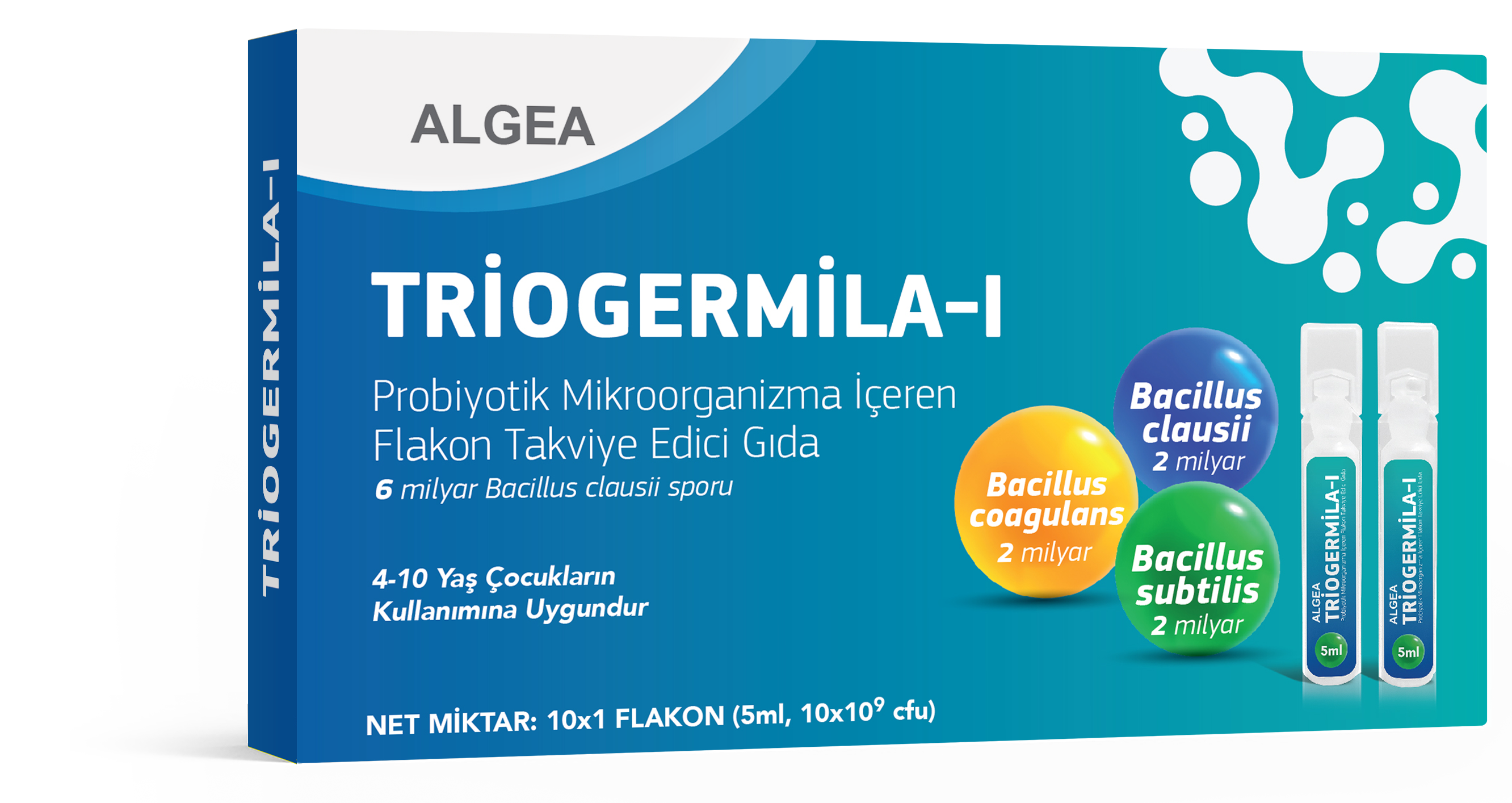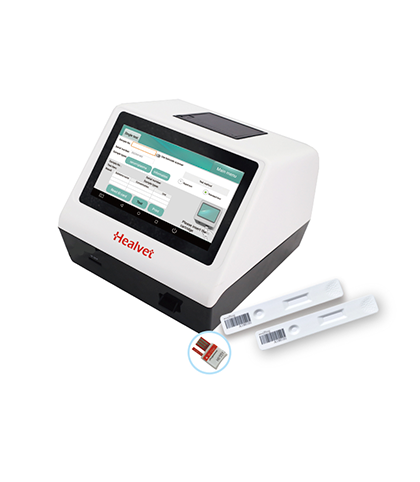Açıklama
ScheBo® • Tumor M2-PK™ ELISA Test
The metabolic biomarker “Faecal Tumor M2-PK” is a screening parameter for colorectal (bowel) cancer and polyps and is independent of “Faecal Occult Blood” (FOB).
Tumor M2-PK detects a metabolic state highly specific for a variety of tumors. Its superior usefulness was demonstrated in diagnosis and monitoring of different cancer types. It’s the first reliable tumor marker for renal cell carcinoma.
The test
Advantages, method of detection, sample material, short protocol
Advantages
The main advantages of the ScheBo® • Tumor M2-PK™ Stool Test are:
{C}• {C}High sensitivity
{C}• {C}High specificity
{C}• {C}Not dependent on occult blood
{C}• {C}Detects bleeding or non-bleeding bowel polyps, especially >1cm
{C}• {C}Detects bleeding or non-bleeding bowel tumors
{C}• {C}Not affected by particular foods
{C}• {C}No special diet required
{C}• {C}No false results from hemorrhoids or other sources of blood in the bowel
{C}• {C}A single pea-sized sample is sufficient
The majority of human tumors strongly overexpress an isoform of the glycolytic enzyme pyruvate kinase, the type tumor M2. This isoenzyme is released from tumor cells and is quantitatively detectable in body fluids. The concentration of the type tumor M2 isoenzyme indicates a metabolic switch turning normal cells into tumor cells. It highly correlates with the malignancy of cancer (staging) and it is independent from the histological grading.
This novel type of marker for malignancies is called Tumor M2-PK and is the only tumor metabolic marker so far. ScheBo® • Biotech AG developed a highly sensitive enzyme-linked immunosorbent assay (ELISA) which allows the quantitative measurement of Tumor M2-PK in EDTA plasma. The test is based on two monoclonal antibodies which specifically react with Tumor M2-PK and do not cross react with the other isoforms of pyruvate kinase (Typ L, R, M1 and M2). As Tumor M2-PK is a highly tumor specific protein and shows no organ specificity it may be the marker of choice for a variety of tumors.
Tumor M2-PK gives additional information that is generally not provided by classical tumor markers which reflect tumor burden.
First reliable tumor marker for renal cell carcinoma:
Urological centers have shown the suitability of Tumor M2-PK as a marker for renal cell carcinoma. Since Tumor M2-PK is a highly tumor specific protein and has not shown any organ specificity, the test is also suitable for the diagnosis of non-urogenital tumors.
The following tumors are detected with the ScheBo® • Tumor M2-PK® EDTA Plasma Test:
{C}• {C}Renal cell carcinoma
{C}• {C}Colorectal cancer
{C}• {C}Gastric cancer
{C}• {C}Oesophageal carcinoma
{C}• {C}Lung cancer
{C}• {C}Breast cancer
Pancreatic cancer
Methode of detection
Sandwich ELISA with two monoclonal antibodies highly specific for human Tumor M2-PK. The ELISA kit is based on a micro titer plate (96 well format) with 12 single strips x 8 wells suitable for up to 42 samples in duplicate.
Sample material
A single pea-sized stool sample is sufficient.
Short protocol for the experienced user
Important: The short protocol is not a substitute for the detailed protocol given in the instruction manual!
{C}• {C}Prepare the sample-/washing buffer (and the extraction buffer)
{C}• {C}Extract stool and homogenize
{C}• {C}Pipette 50 µl blank, standards (ready-to-use), control (ready-to-use) and samples in duplicate into the ELISA-strips
{C}• {C}Incubate 60 minutes at room temperature
{C}• {C}Wash
{C}• {C}50 µl anti Tumor M2-PK bio (1:100)
{C}• {C}Incubate 30 minutes at room temperature
{C}• {C}Wash
{C}• {C}50 µl POD-Streptavidin (ready-to-use)
{C}• {C}Incubate 30 minutes at room temperature (in the dark)
{C}• {C}Wash
{C}• {C}100 µl substrate solution (ready-to-use)
{C}• {C}Incubate 15 minutes at room temperature (in the dark)
{C}• {C}Add 100 µl stop solution (ready-to-use)
{C}• {C}Read plate at OD 450 or OD 450 – OD 620
{C}• {C}Evaluate with standard curve using a log-log scale
